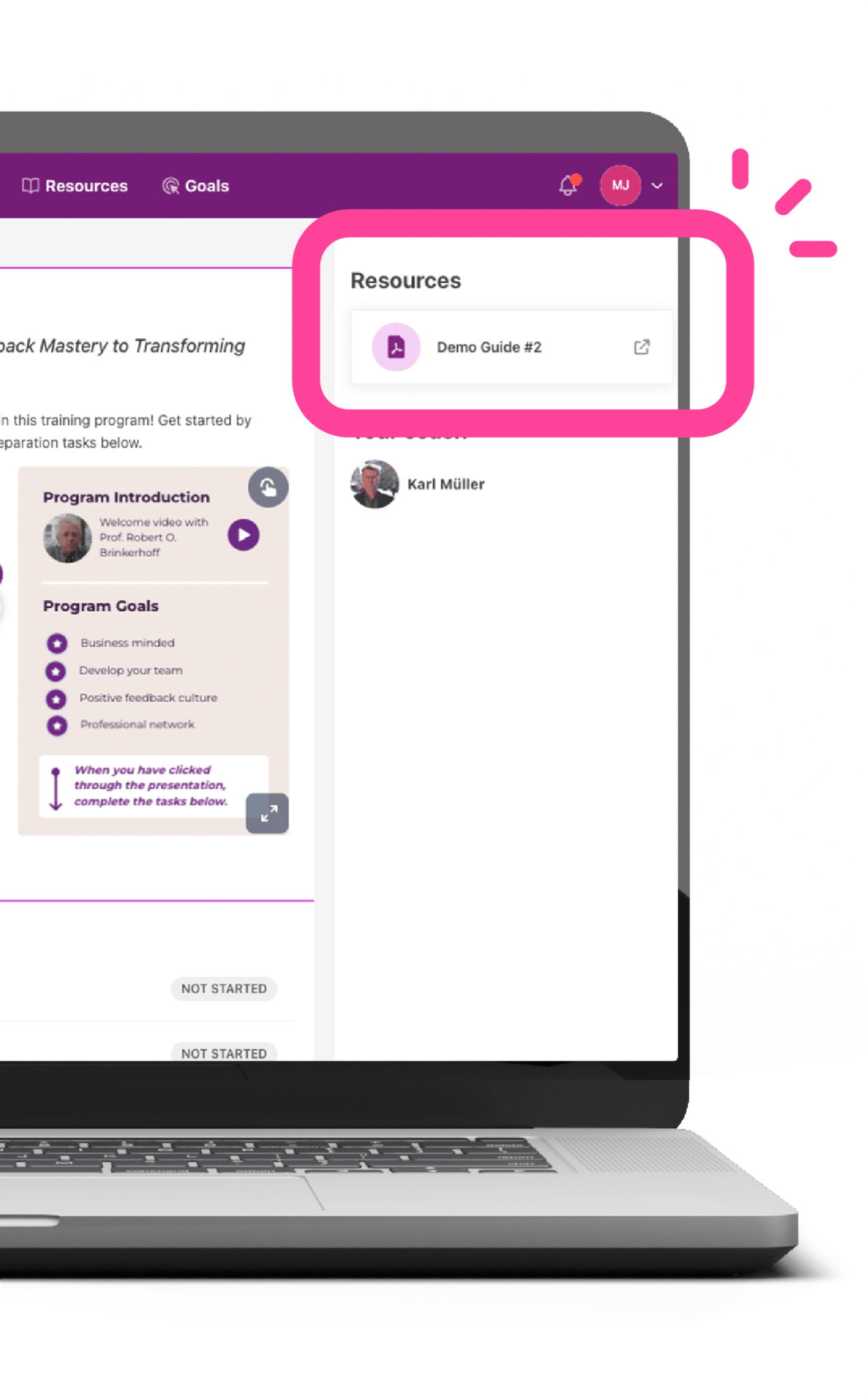Both the Learning Journey methodology and the Blended Approach to learning were areas that Promote has championed for the last few years. However, there has been limited demand for such programmes, largely because it’s been easier to apply traditional learning approaches and organizations have been wary of trying something new. This changed with Covid 19 and its extended impact on how organization’s deliver training. Companies now realise that they need to adopt new approaches and move ahead with the new reality of Learning and Development, rather than waiting to see when Covid will end and “normality” will return.
The new normal enables new opportunities
This “new normal” enables us at Promote to apply both the Learning Journey and Blended approaches to a wider degree, which has included the creation of a four-month leadership learning journey in partnership with a couple of our customers. Putting the theory into practice has led to some interesting lessons when it comes to implementing such approaches. What it has shown is that this is not just an adequate alternative, but is actually a better alternative for such training initiatives. We can produce better results, create more impact and performance, and at a lower cost to the customer organization. Some lessons have also become evident, that whilst these approaches may be similar to many which have gone before, changes are required to really realise the results that organizations are looking for.
Engagement is key
Engagement is a key factor for any programme. Without it results are negligible and the application of the learning can be very limited in the majority of cases. There are different elements when it comes to Engagement, whether it’s Participant Engagement, Manager Engagement, and even Facilitator Engagement and changes in approach need to be adopted with all of them.
The content of the programme needs to contain a balance between Group Learning and an Individual Focus to be relevant and applicable by participants. This furthers the idea that Learning and Development initiatives need to have an increased Focus on Application of the learning delivered in trainings rather than on the accumulation of the knowledge itself. We only see impact when participants apply their learning in key situations which actually deliver the performance outcomes that we are after.
Our Learning Journey also incorporated programme dynamics such as spreading learning over Time, ensuring that the Duration of the programme itself, and its constituent parts, were of the right length. We also had to ensure the right level of Content, to provide learners with the key understanding and ability to apply the learning in their everyday working scenarios.
The result: we’ve cracked the learning journey code
The challenge has been similar to completing a multi-dimensional jigsaw puzzle, where different elements come into play at different times and in different ways over the course of the journey. In doing so, we have learned a number of lessons when it comes to Cracking the Learning Journey Code.
In our guide below we’ve concluded our learnings and put together a guide for you who also would like to learn more about cracking the Learning Journey Code.
Want the full scope?
Download our complete guide on all of our do’s and don’t that we have learned during our work when creating a fully virtual leadership learning journey during the pandemic.

